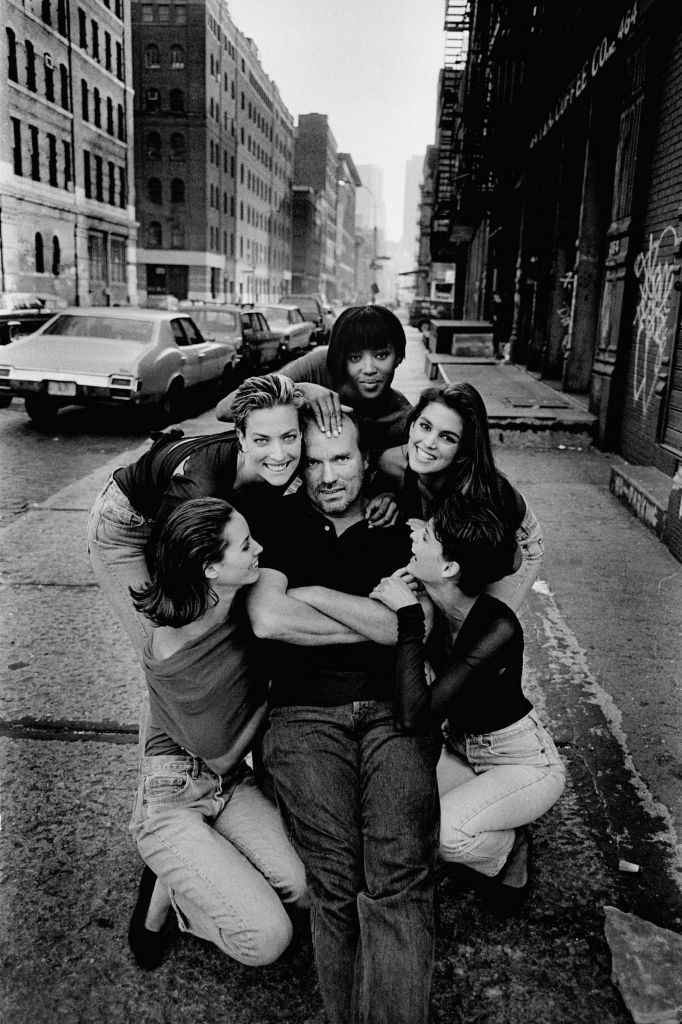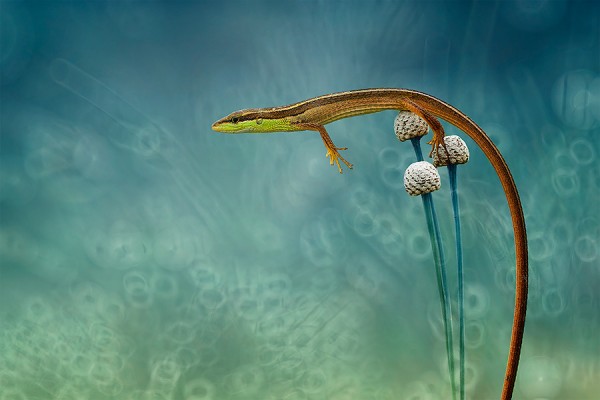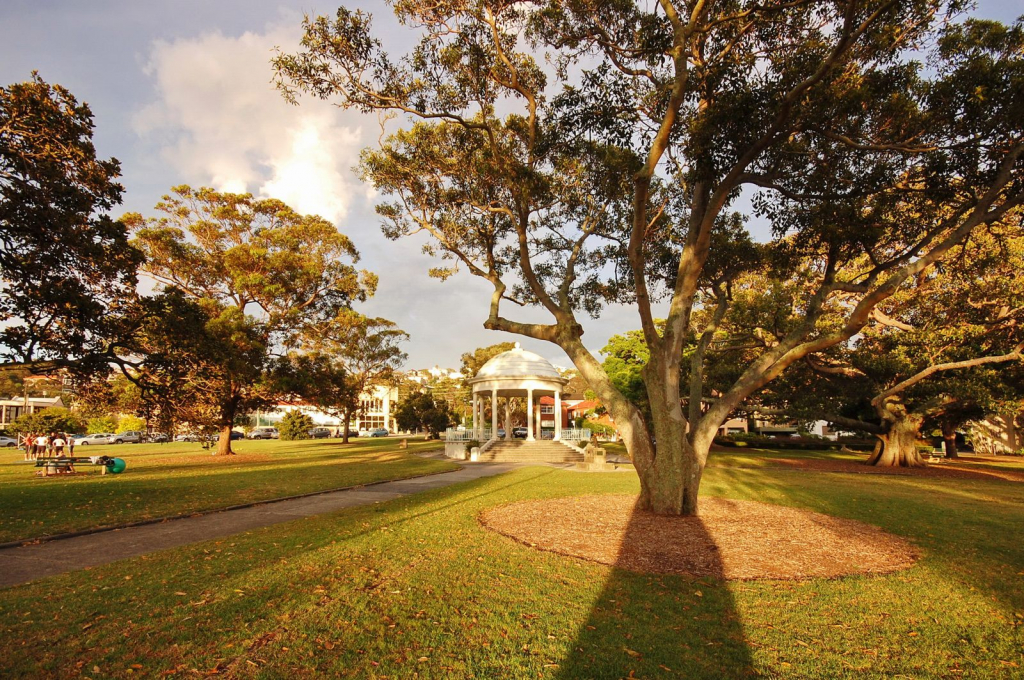What is conceptual photography?
 Here is the first example, a photograph of Jeff Wall, which everyone knows, including because Hokusai is here, plus the familiar Bresson “decisive moment” and the plot-photo story that unfolds before our eyes. It should be noted that this is probably the most understandable conceptual photo of Wall. Here the author flirts with you, as it were, showing you a conceptual photo, the language of which is clear to you, because it is the language of modernist photography that is familiar to us. Its conceptualism is manifested in a dialogue with the history of art – Japanese engraving in combination with the modernist photographic language. The author of this simple work, as it were, invites you to his conceptual journey, in which to understand the rest of his work will be more and more difficult.
Here is the first example, a photograph of Jeff Wall, which everyone knows, including because Hokusai is here, plus the familiar Bresson “decisive moment” and the plot-photo story that unfolds before our eyes. It should be noted that this is probably the most understandable conceptual photo of Wall. Here the author flirts with you, as it were, showing you a conceptual photo, the language of which is clear to you, because it is the language of modernist photography that is familiar to us. Its conceptualism is manifested in a dialogue with the history of art – Japanese engraving in combination with the modernist photographic language. The author of this simple work, as it were, invites you to his conceptual journey, in which to understand the rest of his work will be more and more difficult.
A conceptual photograph is a photograph that explores itself: how the photograph functions, how it interacts with the viewer. Often, conceptual photography works in dialogue with the history of art and in dialogue with the history of photography. The subject of art here is reflection, the desire of photography to understand itself, that is, in photography as art or photography as media, in how a person perceives it, how it looks and what it sees, how it interacts with it. It happens that conceptual photography steps into interdisciplinary zones with one foot, exploring issues close to contemporary art: everyday life, people and society, environmental change, migration, globalization, media, society, working in dialogue with modern philosophy, religion, science, psychology, sociology, politics.
Photo © Josef Kosuth / What is conceptual photography and how to understand it?
Photo © Josef Kosuth Three Chairs
Although this is not a photograph in its purest form, but photo documentation of the conceptual works of Joseph Kozhut “Three Chairs”. Joseph explores the nature of art, asking us to figure out what we mean by saying the word “chair”, and what is more of the “chair” of the three presented: a real chair, a definition of a chair from a dictionary, and a photograph of a chair. The artist suggests thinking about what you see in front of you, and how the work of art works, being considered by the viewer.
Conceptual photography is a “subsection” of conceptual art. A subsection that works with photography as a media, that is, where the artist’s thought is expressed through photography. The role of photography here is a document, media, information carrier. It should be noted that modern conceptual artists mainly work with conceptual photography. Today they work with photography, tomorrow they can work with other modern media – painting, preference, sculpture, their own body, etc. It’s sometimes difficult to call them photographers, as it happens that they don’t even take their photos themselves, but often the photos look, to put it mildly, as unprofessional. You may ask – what is art here? And art is in thought.
By genre, it can be any photograph – from landscape to portrait. Any photo can be conceptual. Conceptual projects are often executed in a mixed genre, that is, when photographs of different genres are found inside a project.
Conceptual photography does not reproduce the beauty of the world. Thus, speaking in opposition to art photography and fine art (Fine Art). Conceptual photography refers to the intellectual comprehension of what is seen. In other words, she doesn’t work with the “beautiful” category. She is not an aesthetic object. She is not for the heart and emotion! She does not use artistic visual languages and does not engage in their development. These topics are still dealt with in art photography. Conceptual photography is not artistic.
In good examples of conceptual photography, it often happens that the artist refuses the familiar recognizable photographic expressive means – the decisive moment, the story recognizable and evocative of emotions, emotions and gestures in portraits, etc. That is why these photos may seem boring and uninteresting to you – you cannot find on them what you are used to reading from photos and why you identify the photo as good or bad. It is in such works that the artist explores how the viewer interacts with photography.
Jeff Wall examines whether the viewer can consider a work of art if it does not depict absolutely nothing that can interest him (the viewer). Can a viewer “see” a photo without recognizable triggers: events, plot, emotions, decisive moments. In a word, without all those visual language formulas in photography that we are so used to and skillfully use. Will the viewer be able to consider a photograph that does not appeal to him in terms of his viewing experience? In addition, Wall works with the issue of credibility in documentary photography. We are accustomed to trust the image and on it make up an opinion on the reality depicted in the photograph.




